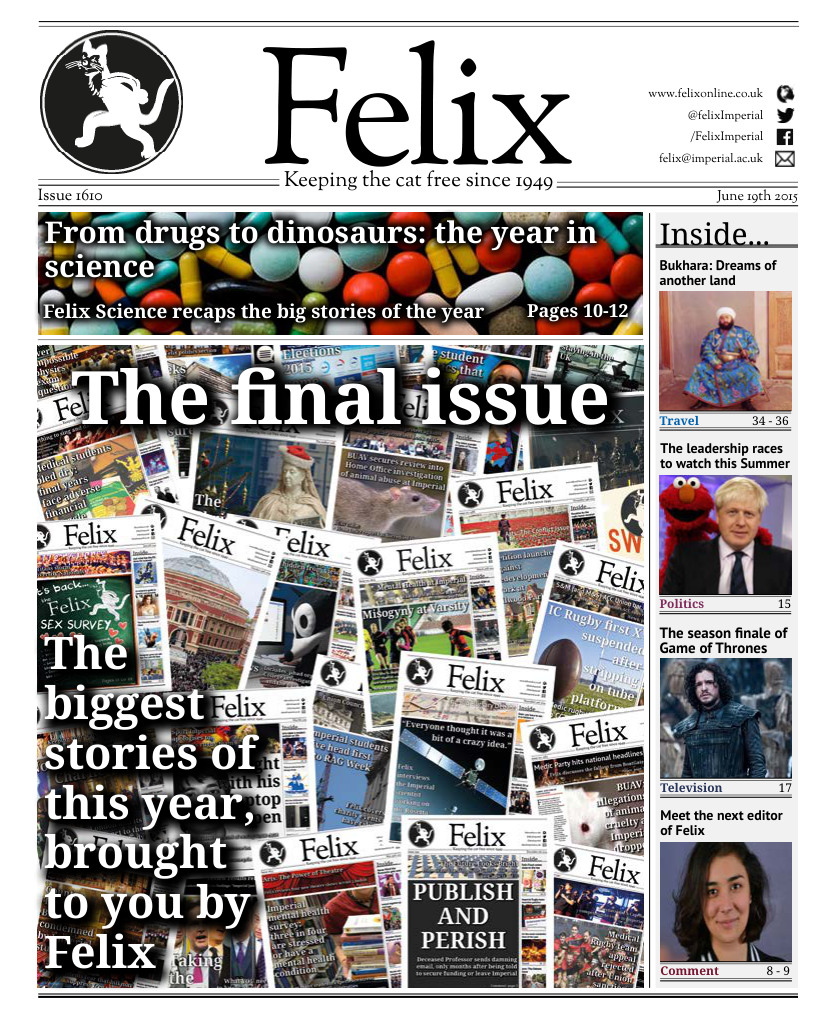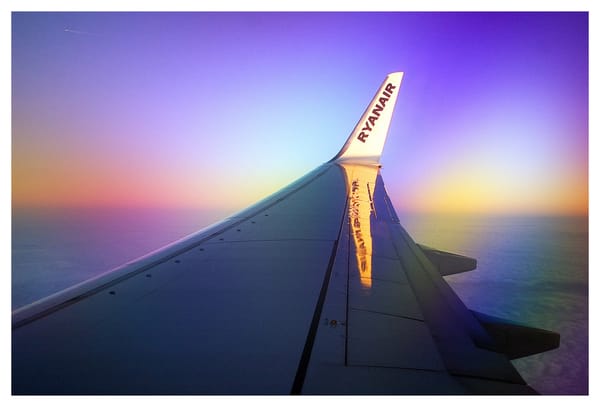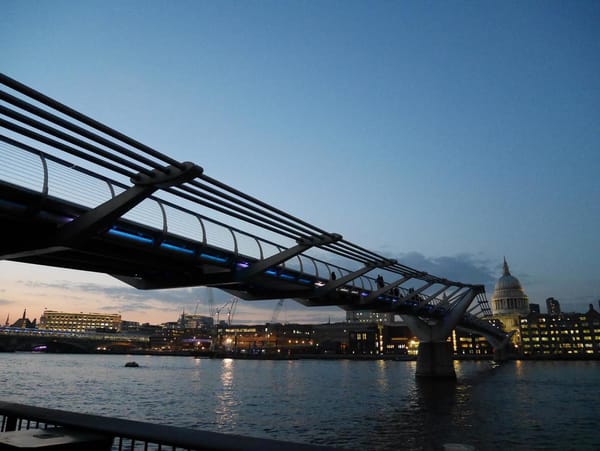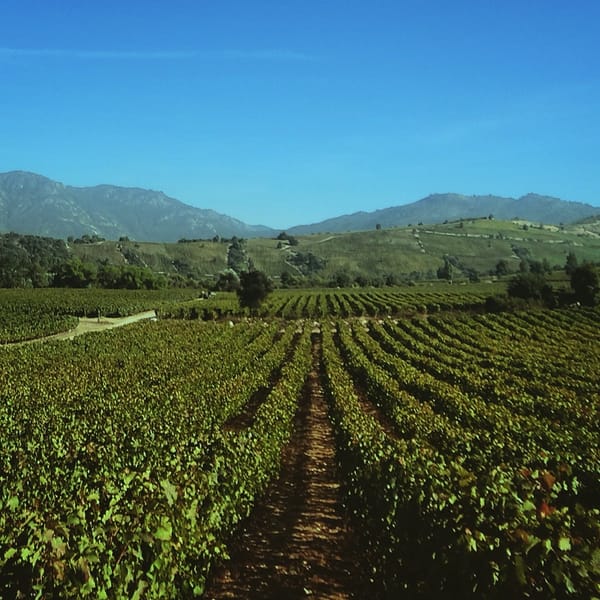Bukhara: Dreams of Another Land
Kamil McClelland explores what inspires us to seek out adventure
“But there is no such thing as a Silk Road!”
I didn’t quite know how to react. What did she mean? Had my grand plans of an adventure along the ancient Silk Road this summer all been in vain, chasing an imaginary past in the vast and stifling wastelands of Turkestan?
I was giddy in anticipation of this lunchtime celebration I had been invited to. It all started three years ago when, in preparation for medical school, I decided to volunteer with a charity that sought to bring the elderly into the technological age by introducing them to computers and the basics of how to use them. And completely by chance, I was paired with the most remarkable woman I had ever met; an 100-year old archaeologist with a lightning fast wit, we bonded over mint tea and halwa, sharing our passion for travel, history and culture with tales of her work in Helmand and Baluchistan in the late ‘40s. Photographs of rural life - horse-drawn carts, minarets and naan sellers - told a story of a different world, one that I knew no longer existed but one that I still wanted to travel to. However, due to ongoing instability in the region, I knew this would not be possible in the foreseeable future. But a desire had been ignited within me to visit a world completely distinct from my own.
"The product of a lifetime of discovery: masks, pottery, trinkets from all around the world."
And so when with my close friends I decided an adventure for our final long summer was needed, straight away this thought of a new experience overcame my mind. “It’s got to be Central Asia”, I argued. The ultimate melting pot of the world, it sat at the crossroads of history’s greatest civilisations, absorbing influences from all its borders - China, Russia, the Middle East - like a cultural sponge dripping with intrigue and conflict. And although the reality of the area nowadays is more defined by its post-Soviet dictators, I knew it would nevertheless be an expedition to reinvigorate the soul.
Months of planning later and with the support of Imperial’s Exploration Board, I found myself at this party, one to celebrate my archaeologist friend’s 101st at the home of an academic colleague. An unassuming facade on a quiet street in Clapham, I could not have imagined the artistic hoard that lay inside, the product of a lifetime of excavations and discoveries; masks, pottery, trinkets from all around the world adorned the walls, alive with all the dreams of travel that glazed my eyes.
“What do you mean it doesn’t exist?”, I questioned anxiously. The original statement was in fact more a clarification of the term ‘Silk Road’ than an outright rejection of its existence. For it was not simply one road but a term coined in the West for the mesh of trade routes extending all the way from the Middle East to central China. As certain routes declined due to warfare or even high taxes, others boomed, a constant ebb and flow that carried with it not only goods but knowledge and religion. Moreover, it is a misnomer that it was merely a ‘Silk’ road or that commerce was unidirectional. Teas and spices and a panoply of other wares were also traded, in both directions, for centuries before improved maritime trade routes brought about the route’s demise.
"A single minaret pierces upwards through the haze as if a vision."
My hosts, an archaeologist and an art historian, had travelled to the region many times and thus were full of stories and helpful advice. Notably, they spoke warmly of one city in particular - Bukhara. Though little known of in the West, the descriptions painted for me of this Silk Road city filled me with wonderment. Emerging from the unbroken desert, a single minaret pierces upwards through the haze as if a vision. In the eyes of a weary traveller, this phenomenal tower represents the end of a devastating journey across sun-parched nothingness.
Built in mediaeval times alongside its more famous sister city of Samarkand, Bukhara is a place of fantasy. You could sit for days in the shade of the central square, watching as children jump from trees into the tiled pond, trying to escape the midday heat. From there, a short walk to the city’s Old Town introduces you to the narrow warrens of its ancient Jewish Quarter, a community that has been all but wiped out in this staunchly muslim nation. Only one synagogue remains.
I could not emerge from this dream: bustling markets stacked high with porcelain teapots, the desolate, featureless Karakum (Black Sand) Desert, specked with the bivalve fossils of its aquatic past. However, the reality of our undertaking was never too far away - mid-summer, over 2300 miles of cycling through mostly desert. It was all too obvious as I carefully studied a map of our route. And so, although the reality of our expedition may be far removed from my dreams, perhaps as Mile 1000 of unrelenting desert heat chips away at my soul or when our water supplies run low, hallucinations of plentiful oasis towns, ethereal domed mosques, will beckon me onwards, just as it did the Bactrian caravans centuries before me.
Follow our expedition at www.tourdestan.co.uk or on Facebook at Cycling the Silk Road 2015









